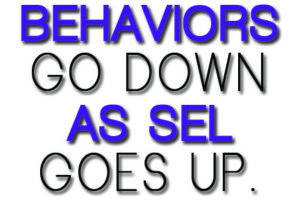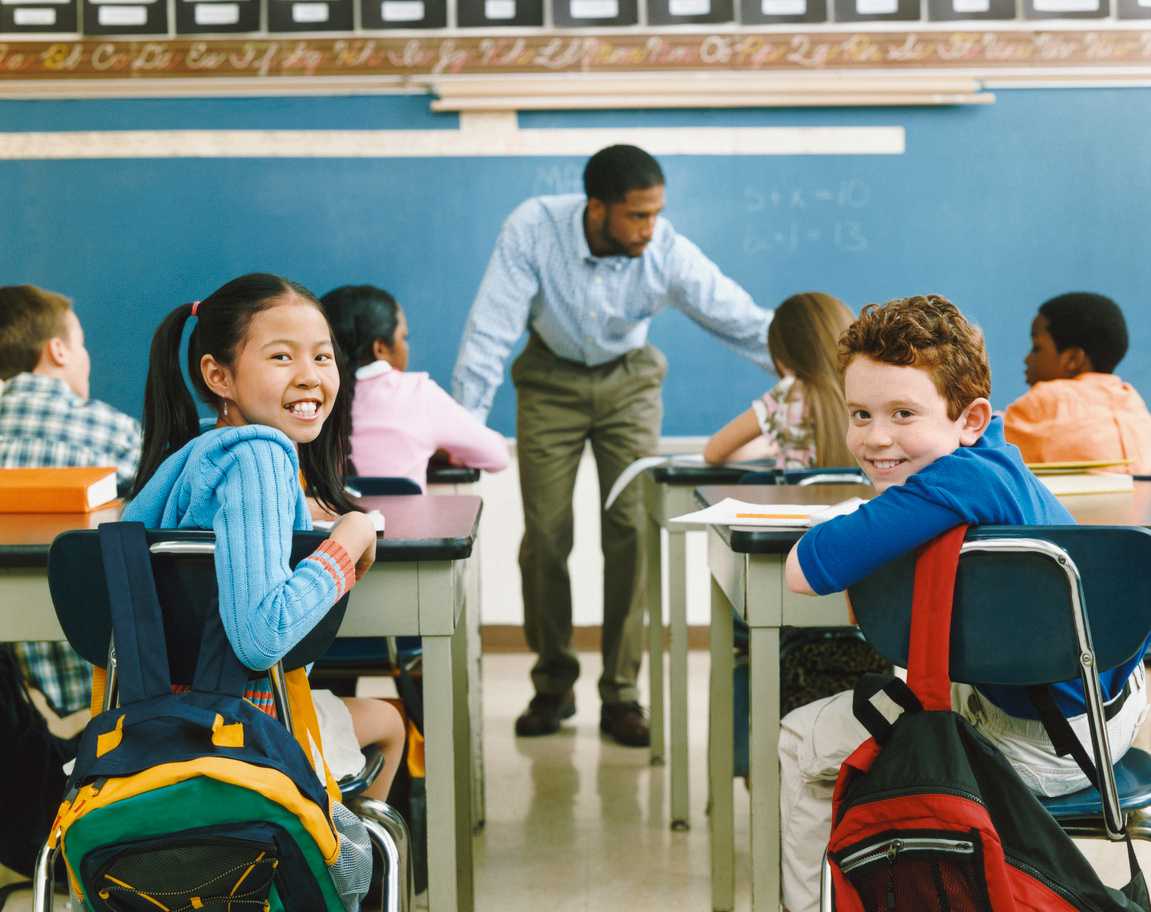For some reason when people talk about behaviors and behavior programming at school, there is an automatic default to exceptional and alternative education. It is as if the word behavior is a pejorative that means “anywhere but the classroomâ€. But what is really interesting is that, while behavior solutions, behavior programming and behavior modification are getting relegated to the specialties within the educational array, we are seeing a mainstreaming of social and emotional learning (SEL).
SEL is becoming much more common, and in fact, with the advent of RTI (Response to Intervention) and MTSS (Multi-Tiered Systems of Support), SEL is becoming more and more common in vernacular, planning, and the implementation of core educational tenets. This is a great thing.
But here is the conundrum:
Social education is fantastic and is necessary. If we cannot help our students understand social responsibility and social inclusion and social normalization, then how are they going to function in our high socialized world? The same is true for emotional education. How are we going to help our kids work within the stress and structure of school and someday a job and family if they do not understand and have an ability to identify, control, and maintain their emotions? It makes all the sense in the world to teach social and emotional education!
But guess what? When there is a social deficit, we call it a behavior! When there is an emotional deficit we call it a be
havior! We teach social and emotional learning because we realize that kids do not come pre-equipped with a mastery of all necessary social and emotional skills. In other words, they have behaviors.

There are folks reading this right now ready to argue, but let me illustrate my point. We have diagnostics for mild emotional involvement all the way to extreme mental illness. Let’s go straight to an extreme for the first example. Have you ever met or been around someone with a diagnosis of schizophrenia? How was that diagnosis confirmed? Schizophrenia is after all the presence of hallucinations and/or delusions. Since we cannot see what that person is seeing or hear what that person is hearing, how do we know they are hallucinating? How do we know they have delusions? We know because we can hear them and see them and rate them contextually with our scale of normalcy (see Axis V DSM). In other words, they act different, and those actions allow us to classify them based upon what they are saying and doing. In other words, their behaviors bely their diagnosis.
Now let’s go a little less extreme. Little Suzy is a light bulb she is so bright. She is smart and sassy and self-centered. She does great academically but she can’t get along with her classmates because everything has to be her way. She has some social learning to do and some emotional education that needs to take place. But guess what? The manifestation of her social and emotional deficits are realized in her behaviors. Are her behaviors as extreme as the schizophrenic? No. But the social liability can be just as damaging if not corrected. So why would we cast behavior programming aside when the behaviors must be dealt with in order to help little Suzy fully achieve social and emotional learning capability?
Think about this a moment. How do you teach kids math when you can’t get them to sit down and be quiet? How do you teach them to diagram a sentence when they are throwing their books around class? Now, on another level: How do you teach them social and emotional learning when you can’t get them to pay attention and participate and cooperate?
We need to apply some common sense to the conundrum.
The advent of social and emotional learning is a wonderful and necessary thing. But we still have to deal with behaviors in order to get the students in a place where they are prepared to learn. Teaching an SEL lesson to kids who aren’t prepared to learn is no different than teaching algebra to kids who can’t yet count.
So what is the solution? It is difficultly simple. Go back to the roots of behavior change and take good old Skinner’s “cattle prod and M&M†approach and roll it together with Piaget’s concept of staged cognitive learning, and you end up with a cognitive-behavioral plan that teaches social and emotional learning while realizing the very deficits you are ameliorating can block actual learning– so they need to be dealt out programmatically through education and reinforcement. How do you do this? You assess need areas based on the student’s social, emotional, daily living, communications, and clinical skills capacity and create a plan to address needs in a hierarchy. Then, you provide teachers with a lesson plan that both teaches the social aspect of the skill as well as the emotional aspect of the skill and then couples both with the accountability and responsibility of the skill. Then, you measure as you teach to make sure that acclimation and assimilation are occurring. Then, you can compare the increase in social and emotional development, represented numerically, against the frequency, type, intensity, and duration of recorded behaviors. Then you can see that something interesting is occurring.Behaviors go down as SEL goes up.
How do you do all of this? How do you accomplish this difficultly simple solution?
www.selforschools.comÂ
